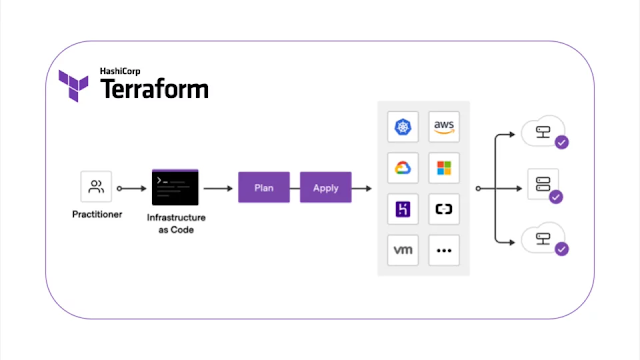Introduction
Docker is a powerful platform for developing, shipping, and running applications. Minified Docker systems are optimized for size and efficiency, making them ideal for production environments where resources are at a premium.
Step 1: Understanding Docker Basics
Before diving into minified systems, ensure you have a solid understanding of Docker concepts like images, containers, volumes, and networks.
Key Commands:
docker pull [image_name] # Download an image from Docker Hubdocker run -d --name [container_name] [image_name] # Run a container in detached mode
Step 2: Creating a Minified Dockerfile
A minified Dockerfile contains only the essential layers needed to run your application.
Example Dockerfile:
FROM alpine:latestRUN apk add --no-cache python3 py3-pipCOPY . /appWORKDIR /appRUN pip install -r requirements.txtCMD ["python3", "app.py"]
Step 3: Building and Running Your Minified Container
Build your image with the Docker build command, tagging it appropriately.
Build Command:
docker build -t my-minified-app .
Step 4: Optimizing Your Image
Use multi-stage builds to reduce size and remove unnecessary build dependencies.
Multi-Stage Dockerfile:
# Build stageFROM python:3.8-slim as builderCOPY requirements.txt .RUN pip install --user -r requirements.txt
# Final stageFROM python:3.8-alpineCOPY --from=builder /root/.local /root/.localCOPY . .CMD ["python", "./app.py"]
Step 5: Managing Data and State
For stateful applications, use volumes to persist data.
Volume Command:
docker volume create my_volume
docker run -d -v my_volume:/data my-minified-app
Step 6: Networking and Communication
Link containers and enable communication between them using Docker networks.
Network Commands:
docker network create my_network
docker run -d --net=my_network my-minified-app
Step 7: Deploying to Production
Deploy your containerized application using orchestration tools like Docker Swarm or Kubernetes.
Step 8: Monitoring and Maintenance
Monitor your containers and systems using tools like Docker stats, cAdvisor, or Prometheus.
Conclusion
Mastering Docker minified systems involves understanding Docker fundamentals, optimizing Dockerfiles, managing data, and deploying efficiently.
Further Learning
- Docker Official Documentation: docs.docker.com
- Dockerfile Best Practices: Dockerfile Best Practices
- Docker Networking: Docker Networking
Remember, practice makes perfect. Start small, iterate, and gradually incorporate these practices into larger projects.
OBs:
[ Docker is an open platform for developing, shipping, and running applications. Docker enables you to separate your applications from your infrastructure so you can deliver software quickly.
Certainly! Here’s an extensive guide titled “Mastering Docker Minified Systems: A Step-by-Step Guide with Real Use Cases.” ]
This guide provides a foundational understanding of working with minified Docker systems. For more in-depth learning, refer to the provided links and continue exploring real-world use cases. Happy Dockering!









